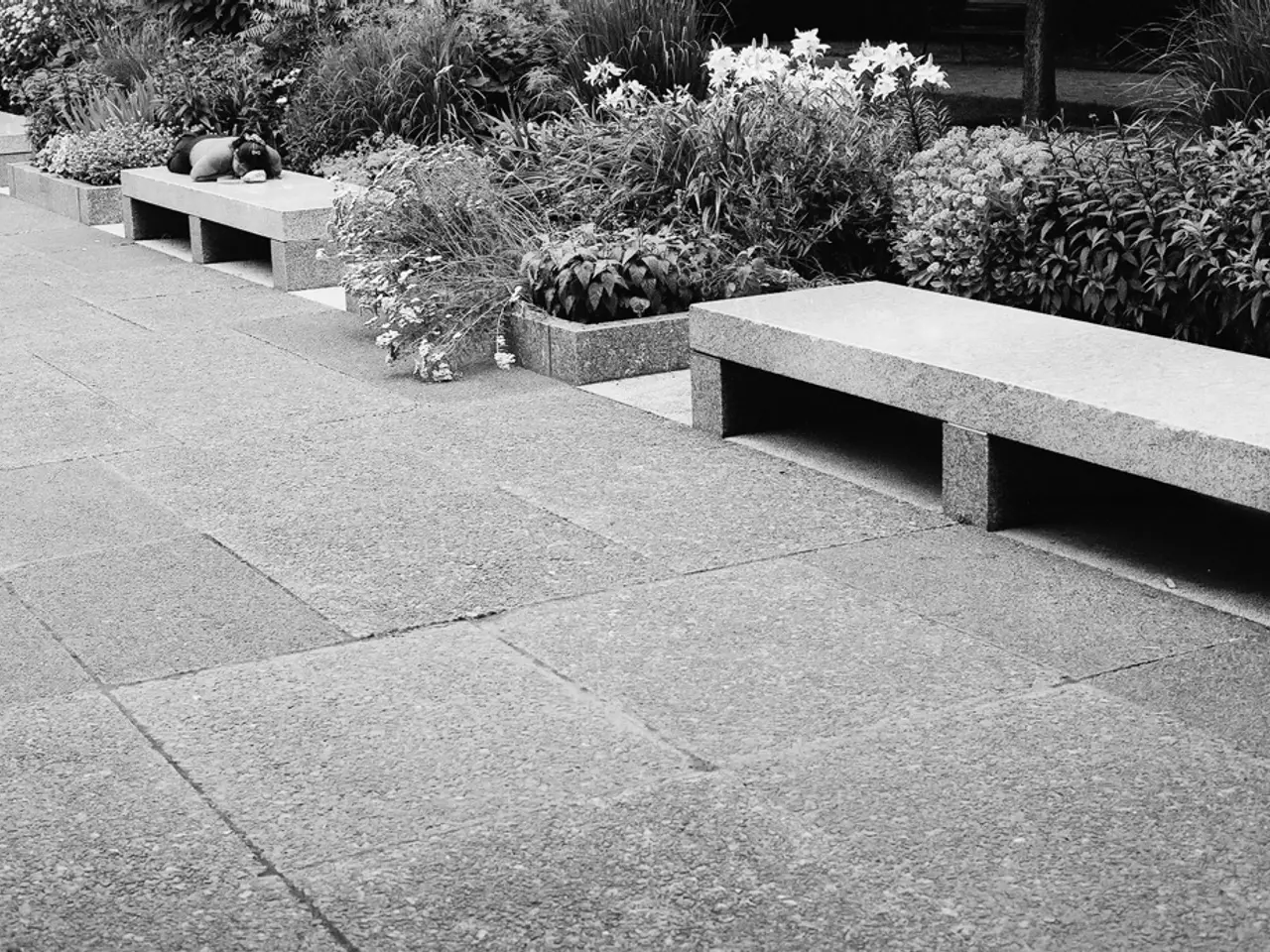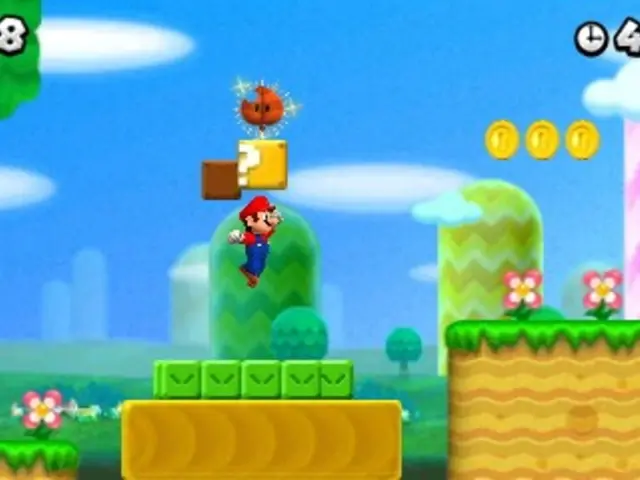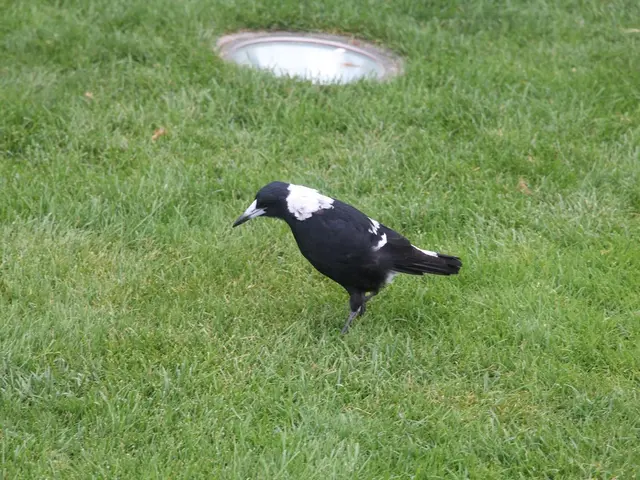Rediscovering Remarkable Garden Bed Arrangements
**Embracing Low Raised Garden Beds: A Modern Approach to Gardening**
Gardeners are increasingly turning towards low raised garden beds as a popular and effective way to cultivate their plants. This design offers a unique blend of advantages that makes it an attractive choice for both novice and experienced gardeners.
**Improved Soil Control and Quality**
Low raised beds allow gardeners to tailor the soil mix to the specific needs of their plants, bypassing problems with poor native soil and enabling optimal growing conditions for crops like tomatoes or other heavy feeders.
**Better Drainage**
Elevating the soil, even slightly, significantly improves drainage, which helps prevent waterlogging and root rot, resulting in healthier plants.
**Easier Access**
Low raised beds reduce the need for bending or kneeling, making gardening more accessible for people with mobility issues and more comfortable for everyone. They can also be constructed at heights suitable for wheelchair users.
**Lower Weed Pressure**
Because gardeners start with fresh soil mix, low raised beds often have fewer weeds, especially compared to traditional in-ground beds where existing seed banks are present.
**Soil Warms Faster**
The soil in raised beds warms up quicker in spring, allowing for earlier planting and potentially extending the growing season.
**Controlled Appearance**
Raised beds provide a neat, organized look and can be built from a variety of materials—wood, stone, metal, or even fabric—to match garden aesthetics.
**Disadvantages**
While low raised garden beds offer numerous benefits, they also come with some drawbacks.
**Higher Upfront Cost and Labor**
Building or purchasing raised beds involves a larger initial investment in materials and labor compared to simply planting in the ground. This includes the cost of lumber, hardware, and soil.
**Requires More Frequent Watering**
Improved drainage means the soil dries out faster, so low raised beds often need more frequent watering, especially in hot or windy conditions. This can be mitigated with mulch, but it remains a key consideration.
**Limited Root Space for Deep-Rooted Plants**
While suitable for most vegetables and herbs, low raised beds may not provide enough depth for plants with extensive or deep root systems, such as certain fruit bushes or perennials.
**Material Durability and Replacement**
Wooden raised beds, in particular, may rot over time and require replacement, adding to long-term maintenance.
**Potentially Less Natural Insulation**
In-ground beds offer better insulation against frost for plant roots in winter, which can be an advantage in colder climates.
**Comparison Table**
| Feature | Low Raised Bed | In-Ground Bed | Fabric (Grow Bag) Bed | |------------------------|-----------------------|-------------------------|----------------------------| | Soil Control | Excellent | Limited | Good (but can dry quickly) | | Drainage | Excellent | Variable | Good (air-pruned roots) | | Watering Needs | Higher | Lower | Highest | | Weed Pressure | Low | High | Moderate | | Initial Cost | Higher | Lowest | Low | | Accessibility | Good (adjustable) | Poor | Good (portable) | | Material Durability | Variable (wood rot) | N/A | Good (but wears out) | | Root Space | Limited by depth | Unlimited | Limited by bag size | | Insulation | Moderate | Excellent | Poor |
**Special Considerations**
Fabric (grow bag) beds offer portability, aeration, and affordability, but require even more frequent watering and may leach chemicals or support weed growth due to their fabric construction.
Wicking beds, while not directly compared here, can reduce water usage by up to 50%, but they are a more complex and less common solution.
**Summary**
Low raised garden beds offer superior soil control, drainage, and accessibility compared to in-ground beds, with added benefits for weed and pest management and a tidy appearance. However, they require more upfront investment, more frequent watering, and may not suit plants needing deep root space or winter insulation. The best choice depends on your gardening goals, local climate, physical needs, and budget.
- In cold climate regions, gardeners may find it beneficial to consider incorporating a greenhouse alongside their low raised garden beds, as it provides better insulation for plant roots during winter.
- For gardeners looking to adopt a sustainable, eco-friendly lifestyle, compost can be an integral component of their raised bed garden, as it improves soil quality, retains moisture, and reduces waste.
- In addition to the home-and-garden, low raised garden beds can also serve as aesthetically pleasing enhancements to a modern, minimalist lifestyle, complementing contemporary architectural designs and creating a harmonious environment.
- Opting for no-till methods in low raised garden beds can further improve soil health by preserving beneficial microorganisms and reducing erosion, making them a suitable choice for a more natural, organic gardening approach.
- In regions with limited garden space, raised bed kits can be a practical solution for urban gardening, allowing homeowners with little or no yard to enjoy the benefits of gardening right in their own backyard.








